Lightening up the soil?
bart1
14 years ago
Featured Answer
Comments (8)
spiced_ham
14 years agoRelated Professionals
Allentown Landscape Architects & Landscape Designers · Kapaa Landscape Architects & Landscape Designers · Stamford Landscape Contractors · Wilmington Landscape Contractors · Alpharetta Landscape Contractors · Dedham Landscape Contractors · Fishers Landscape Contractors · Holtsville Landscape Contractors · Lakeville Landscape Contractors · Little Ferry Landscape Contractors · Long Branch Landscape Contractors · Pleasant Grove Landscape Contractors · Southbury Landscape Contractors · Waipahu Landscape Contractors · East Ridge Driveway Installation & Maintenancebart1
14 years agobejay9_10
14 years agowayne_5 zone 6a Central Indiana
14 years agoBelgianpup
14 years agogardenlen
14 years agoscarletdaisies
14 years ago
Related Stories
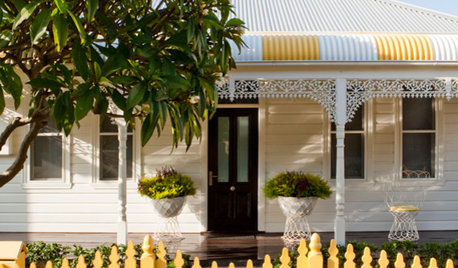
DECORATING GUIDESLighten Up — or Brighten Up — With Yellow
You can use this versatile color to create a buttery backdrop, add a zesty accent or make a bold design statement
Full Story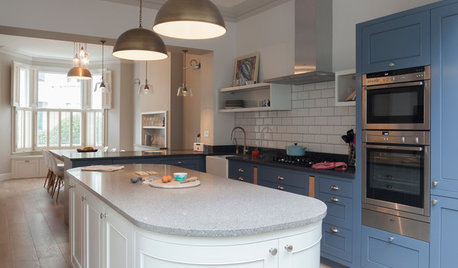
HOMES AROUND THE WORLDTraditional Kitchen Opens Up and Lightens Up
Removing a wall was key to creating a large kitchen and dining space for family life in this London house
Full Story
LIFE9 More Ways to Lighten Up Your Design
Summer is the Perfect Time to Relax and Have Fun with Your Decor
Full Story
HOUZZ TOURSHouzz Tour: A California Craftsman Bungalow Lightens Up
Japanese and '60s-mod touches give heavy-looking interiors a new outlook in this Pasadena home
Full Story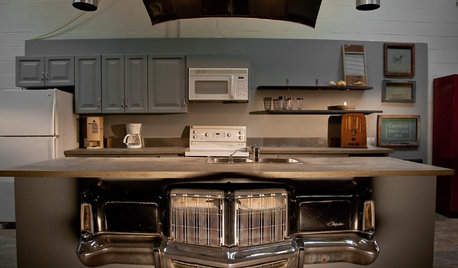
FUN HOUZZ9 Ways to Lighten Up Your Interior Design
Take a breath and have a laugh; life is too short to stress over decor
Full Story
KITCHEN DESIGNLightened-Up Midcentury Kitchen Goes With the Flow
A ranch’s kitchen, dining area and living room are combined in one beautifully unified space, while a mudroom solves a clutter problem
Full Story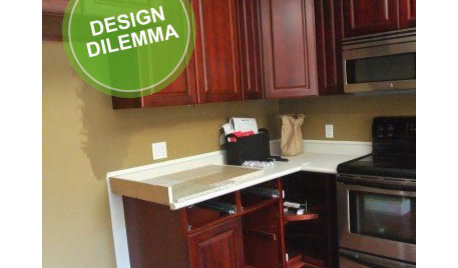
KITCHEN DESIGNDesign Dilemma: Lightening Up a Kitchen
What counters and accents could balance the wood in this kitchen?
Full Story
HOUZZ TOURSHouzz Tour: A Federalist-Style Home Lightens Up
A creative homeowner who loves color infuses her traditional brick home in Texas with energy and style
Full Story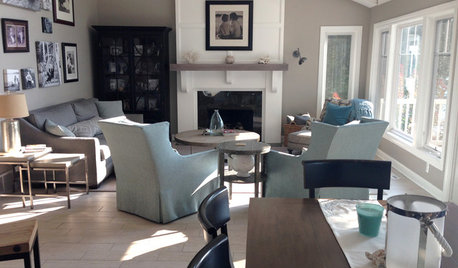
BEFORE AND AFTERSLiving Area Lightened Up and Ready for Anything
Porcelain tile and outdoor fabrics prepare this lakeside home for the challenge of pets and kids
Full Story
CONTEMPORARY HOMESHouzz Tour: A London Townhouse Lightens Up
A dramatic redesign of this multistory home transforms its dark 1970s-era interior into an all-white Scandinavian idyll
Full StoryMore Discussions







bsntech